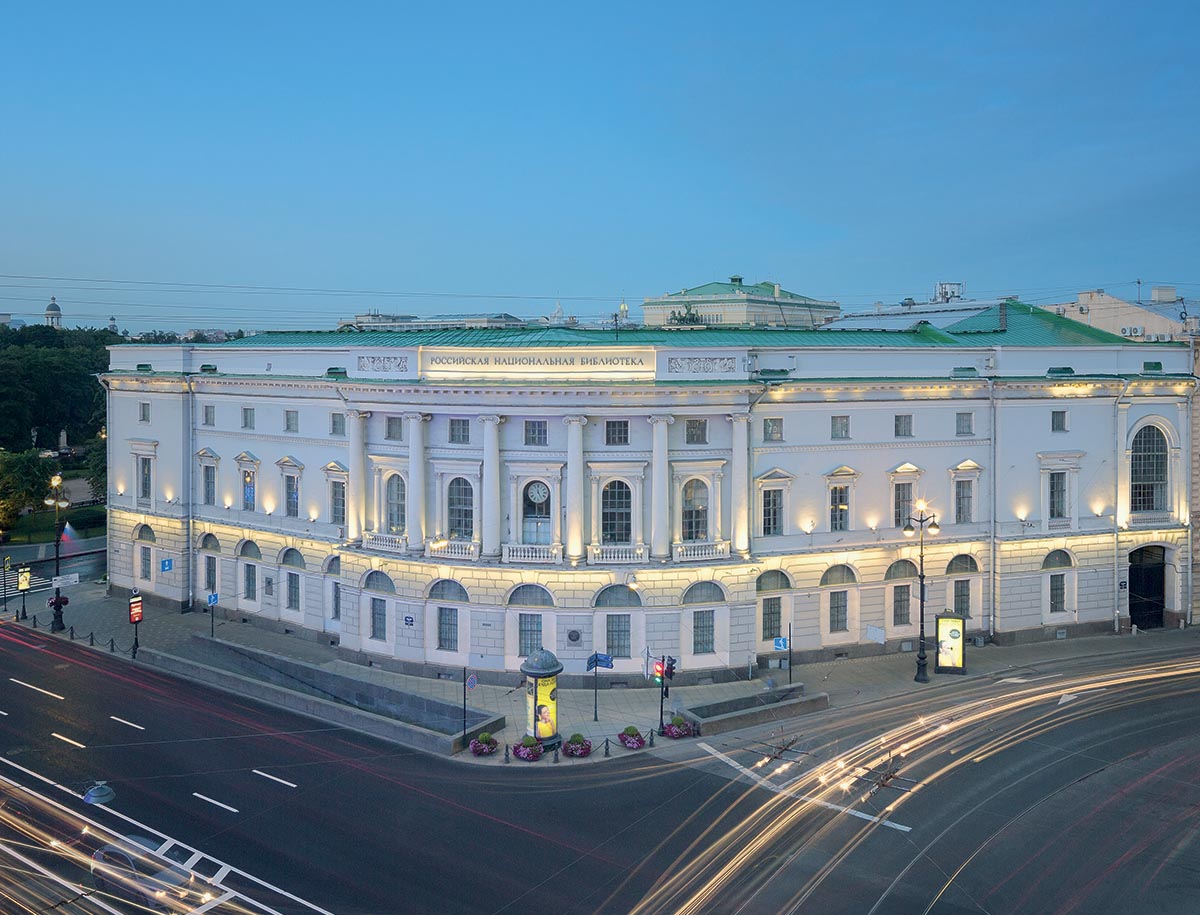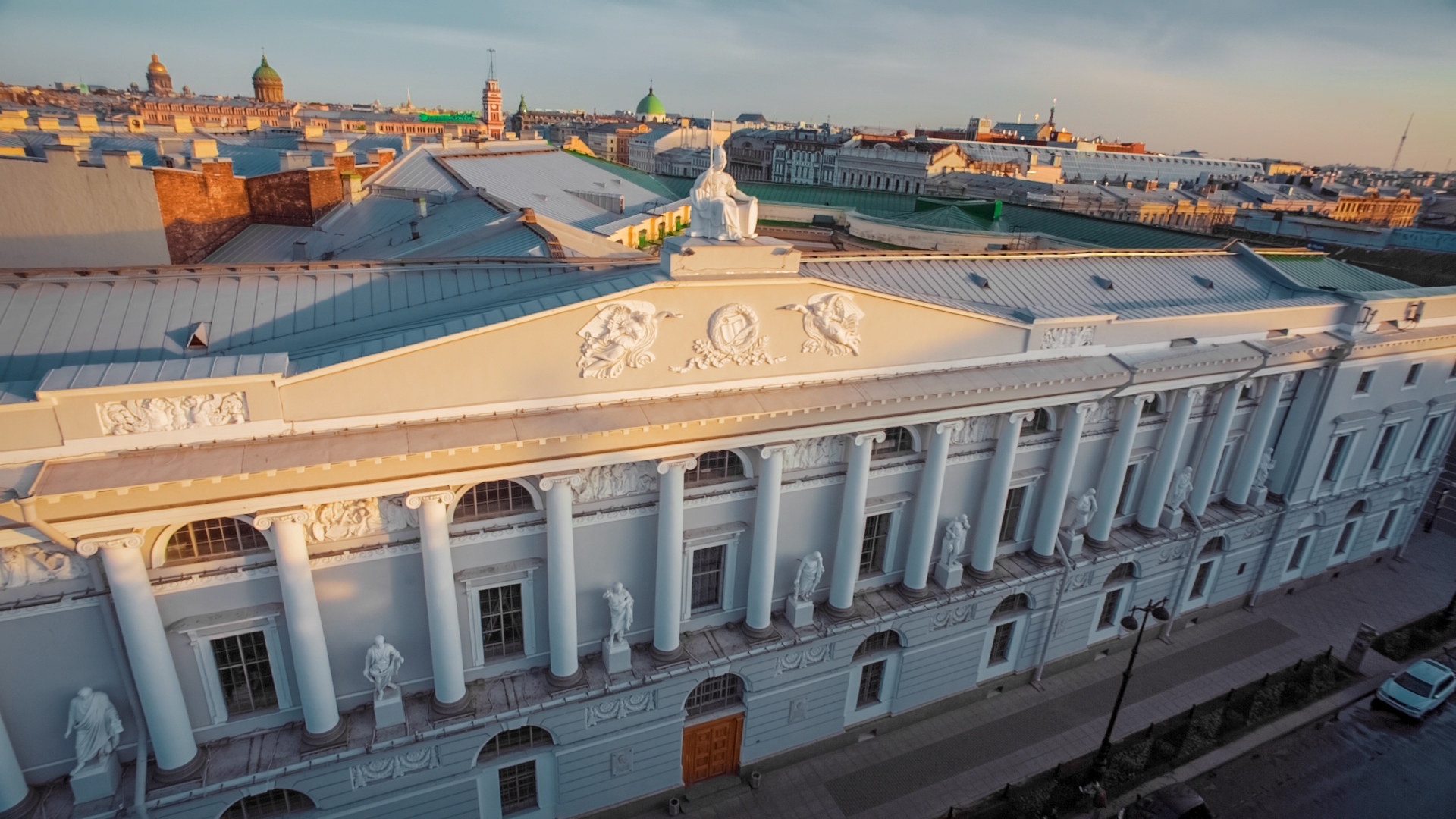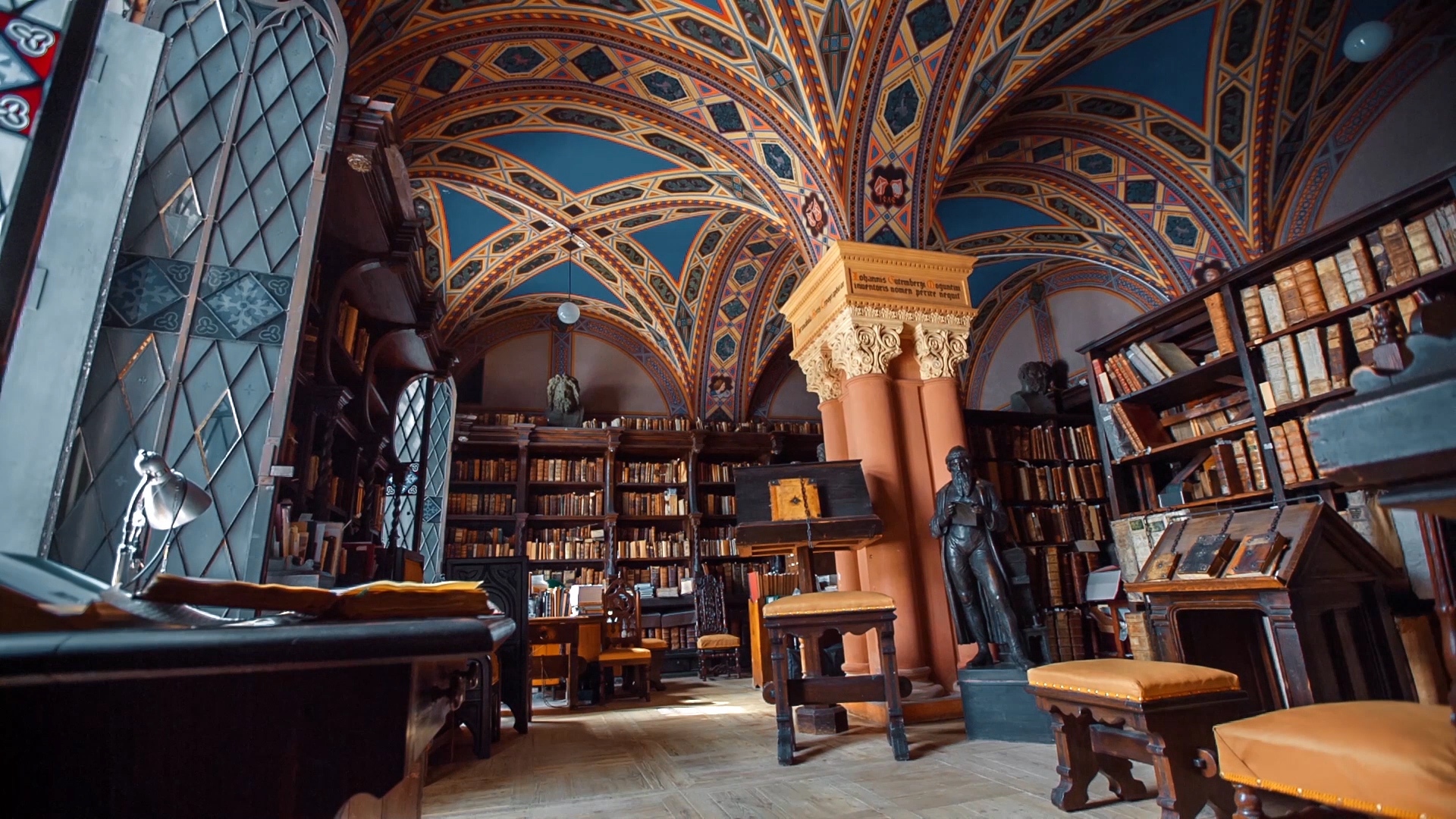- Home
- Articles
- Architectural Portfolio
- Architectral Presentation
- Inspirational Stories
- Architecture News
- Visualization
- BIM Industry
- Facade Design
- Parametric Design
- Career
- Landscape Architecture
- Construction
- Artificial Intelligence
- Sketching
- Design Softwares
- Diagrams
- Writing
- Architectural Tips
- Sustainability
- Courses
- Concept
- Technology
- History & Heritage
- Future of Architecture
- Guides & How-To
- Art & Culture
- Projects
- Interior Design
- Competitions
- Jobs
- Store
- Tools
- More
- Home
- Articles
- Architectural Portfolio
- Architectral Presentation
- Inspirational Stories
- Architecture News
- Visualization
- BIM Industry
- Facade Design
- Parametric Design
- Career
- Landscape Architecture
- Construction
- Artificial Intelligence
- Sketching
- Design Softwares
- Diagrams
- Writing
- Architectural Tips
- Sustainability
- Courses
- Concept
- Technology
- History & Heritage
- Future of Architecture
- Guides & How-To
- Art & Culture
- Projects
- Interior Design
- Competitions
- Jobs
- Store
- Tools
- More
Russian National Library: Classics of Classicism

The Russian National Library in Saint Petersburg isn’t just another grand old building filled with books—it’s a living monument to knowledge. It’s where architecture tells a story, where ideas meet history, and where Classicism is more than a style—it’s a way of thinking. For anyone who steps inside, whether a scholar, an architect, or a curious student scrolling online, there’s an undeniable sense of purpose in its walls. Even users of the Studybay writing service turn to it for custom research, drawn by how accessible, cheap, and rich in information it is—no matter where they are.
Table of Contents
ToggleA Beacon of Knowledge: Historical Background
Imagine it’s the late 18th century. Catherine the Great dreams up a public library that would be open to everyone, no matter who they are. In 1795, that dream begins to take shape. A year later, construction starts under architect Yegor Sokolov, and slowly, book by book, this vision grows into what we now know as the Russian National Library.

This wasn’t just about creating a book collection. It was a declaration of values—of freedom of knowledge, of education for all. The library joined the ranks of other legendary institutions like the British Museum Library and the Bibliothèque Nationale. It wasn’t just for scholars; it was for the people. That same spirit echoes today, as students search for guidance and learn how to navigate the demands of academic life.
Architectural Style: Testimony to Timeless Elegance
The Russian National Library is a monument to classical ideas expressed in its architecture, not only a place for books. The design of the library reflects dignity and scholarly respect by use of ancient Greek and Roman forms. It’s about creating an environment that motivates learning, creativity, and thought, not only about dazzling presentation.
The fusion of these classical components captures the intellectual atmosphere of the time, where architecture had to represent higher ideals like knowledge, order, and enlightenment rather than simply being functional. The careful elements of the design cooperate to produce a place where the search of information is a philosophical and physical trip.

Look for these salient characteristics defining the architectural style:
- Symmetry & Geometry: Reflecting a classical concern with order, every component of the building’s outside is precisely aligned to produce perfect harmony.
- Corinthian and Ionic columns: Towering Corinthian and Ionic Capitals columns imply strength, stability, and the continuing value of education, hence referencing the great temples of antiquity. They are not only ornamental.
- Triangular pediments: Rising above windows and doors, these graceful triangle forms provide visual weight and elegance to the building. As though the structure itself is striving toward enlightenment, they inspire both physically and metaphorically a feeling of elevation.
- Natural light: One of the most remarkable aspects is the liberal use of big windows. Sunlight permeates the reading rooms of the library, bathing them in warmth and clarity—just ideal for times of intense study or peaceful reflection.
- Columns and Porticos: As you stroll across the vast portico, you are reminded of the great civic areas and forums of Ancient Rome. Apart from their practical use, the columns remind guests that the search of information is a public, group action.

Intriguing Details About the Library’s Design:
- Greek Revival on Display: The outside features Greek temple features, therefore producing a place meant to reflect the ideas of ancient Greece—a culture laying the basis for Western thought.
- The Influence of Ancient Rome: The Corinthian columns outside honor Roman architecture, noted for its grace and grandiosity, therefore highlighting the significance of the library in Russian culture.
- Light as Inspiration: The deliberate design decision to flood the area with light by using windows was meant to inspire intellectual thought and study by means of an environment fit for such purpose.
- Pediment Art:Some of the pediments encircling the structure feature detailed reliefs reflecting classical themes and providing visual variation to the design.
- Symbolic Entrances: Like the great libraries of antiquity, the towering portico of the main entrance invites guests to enter a realm of knowledge, therefore acting as a symbolic gateway.
- The Faust Room: Deeply ingrained in mystery and literary history, the Faust Room is among the most evocative areas in the library. This chamber, named after Goethe’s Faust, is supposed to represent the intellectual atmosphere of in-depth contemplation and research, where guests are lured into the rich environment of academic endeavor.


This place has seen it all. Empires rise and fall, wars, revolutions—and through it all, the library has endured. It’s grown, changed, adapted, but never lost its core.

In the 20th century, something incredible happened. During World War II and the brutal Siege of Leningrad, librarians didn’t just shut their doors and wait it out. They stayed. They protected rare manuscripts, ancient maps, priceless first editions. They knew that losing those works would mean losing part of the country’s soul.
Here are some of the turning points:
- A new reading room was added in the 1800s
- Soviet-era updates brought in electricity and modern infrastructure
- In recent decades, digitization projects have made rare texts available to readers anywhere in the world
It’s still changing today. You can sit in the original halls, surrounded by columns and history—or browse the catalog online from a café in New York. The past and the future meet here.

Cultural Significance and Public Role
Let’s be honest: the library isn’t just for academics. It’s a cultural cornerstone. Inside its walls are 38 million stories—literally. From ancient manuscripts to contemporary periodicals, it’s a space that keeps the voices of generations alive.
Why it matters:
- It preserves heritage: Think Pushkin, Tolstoy, and so many others—this is where their legacies live.
- It’s a research goldmine: Scholars, writers, and creatives come from all over to dig into the archives.
- It’s open to everyone: You don’t need credentials. You just need curiosity.
Whether you’re attending an exhibition or simply flipping through a century-old book, the library invites everyone into the conversation.
The Library in the Modern Age
You might think a place like this would struggle to keep up in the digital world. But the opposite is true. It’s leading the way. Digitization isn’t just about scanning pages—it’s about breaking down barriers.
Statista reports that more than 60% of global libraries now offer digital services, and the Russian National Library is at the forefront. Here’s what they’re doing:
- Rare manuscripts are now accessible online
- Virtual reading rooms offer real-time access from anywhere
- Partnerships with global institutions expand reach and research potential
It’s not just about preserving the past—it’s about making it usable today.
Lessons in Design and Legacy
You don’t need to be an architect to appreciate how this place is built. You just need to look. There’s a reason it feels “right” the moment you step in.
What the library teaches us:
- It fits its city: Saint Petersburg’s character and rhythm are echoed in its lines.
- It’s timeless: The neoclassical style isn’t trendy—it’s eternal.
- It’s adaptable: The structure has evolved, but the soul is the same.
It also plays a role in wider conversations—about how we preserve public knowledge, as discussed in places like Visual Capitalist. As we plan future libraries and learning spaces, this one sets the bar.
The Russian National Library also reminds us that design isn’t just about aesthetics—it’s about how a space makes people feel. The library’s ability to make visitors feel welcome, thoughtful, and connected to something greater than themselves is no accident. It’s the result of intentional, people-first design. And that lesson—putting users at the center—is more relevant today than ever, whether you’re designing a building, a website, or a public space.
Final Reflections
Walking through the Russian National Library is like walking through time. But it’s not frozen in the past—it’s alive with energy, curiosity, and purpose.
In a world that moves fast, sometimes too fast, places like this remind us why we started valuing knowledge in the first place. They show us that the future of learning doesn’t mean letting go of the past—it means building on it.
The Russian National Library offers a rare kind of inspiration: quiet, steady, but deeply powerful. And for those of us trying to create, study, or simply understand the world a bit better—it’s a very good place to start.
Resources Used
- Brumfield, William. A History of Russian Architecture. Cambridge University Press, 1993.
- Hamilton, George Heard. The Art and Architecture of Russia. Yale University Press, 1983.
- Shvidkovsky, Dmitry. Russian Architecture and the West. Yale University Press, 2007.
- Russian National Library official site: https://www.nlr.ru/eng
- UNESCO Memory of the World Register: https://en.unesco.org/programme/mow
- Statista Library Usage Report: https://www.statista.com/statistics/1085142/global-digital-library-usage/
- Russian architecture analysis from ArchDaily: https://www.archdaily.com/
- Historical archives from Academia.edu: https://www.academia.edu
- “Classicism in Architecture.” Encyclopaedia Britannica. https://www.britannica.com/art/classicism
- DigitalTrends article on library modernization: https://www.digitaltrends.com
- Indibloghub blog on student success: https://indibloghub.com/post/strategies-for-successful-blogging-for-students
- Visual Capitalist on knowledge institutions: https://www.visualcapitalist.com
Main link: Russian National Library Official Website
illustrarch is your daily dose of architecture. Leading community designed for all lovers of illustration and #drawing.
Submit your architectural projects
Follow these steps for submission your project. Submission FormLatest Posts
Louis-Saint-Laurent School by STGM Architectes & Ateliers Architecture
The Louis-Saint-Laurent School expansion by STGM Architectes enhances learning through fluid circulation,...
Design for Education: How Schools Shape the Way We Learn
Design for education: how schools shape the way we learn discover how...
CUBE Workshop Building by Civic Architects
The CUBE Workshop Building at the University of Twente merges engineering, education,...
A School at the Heart of the Landscape: École Hélène Carrère d’Encausse
A new school complex in Marly unites two schools through architecture that...












Leave a comment